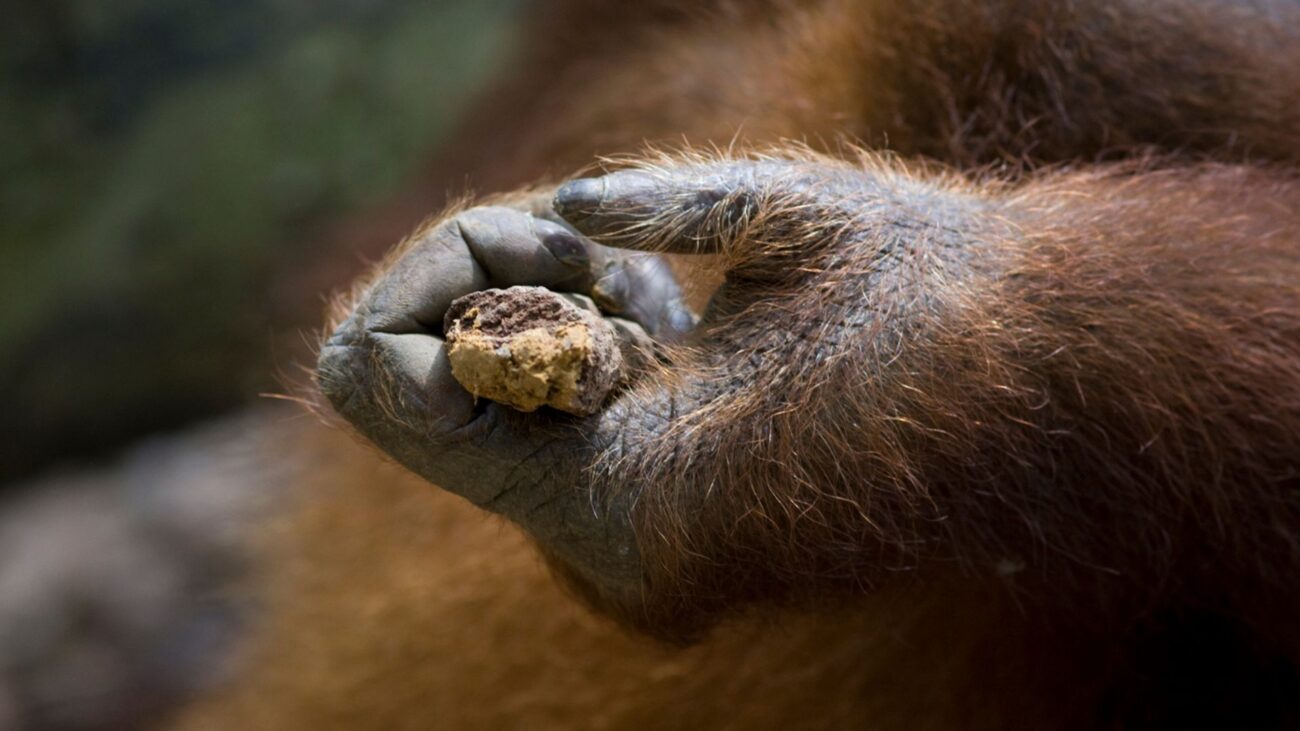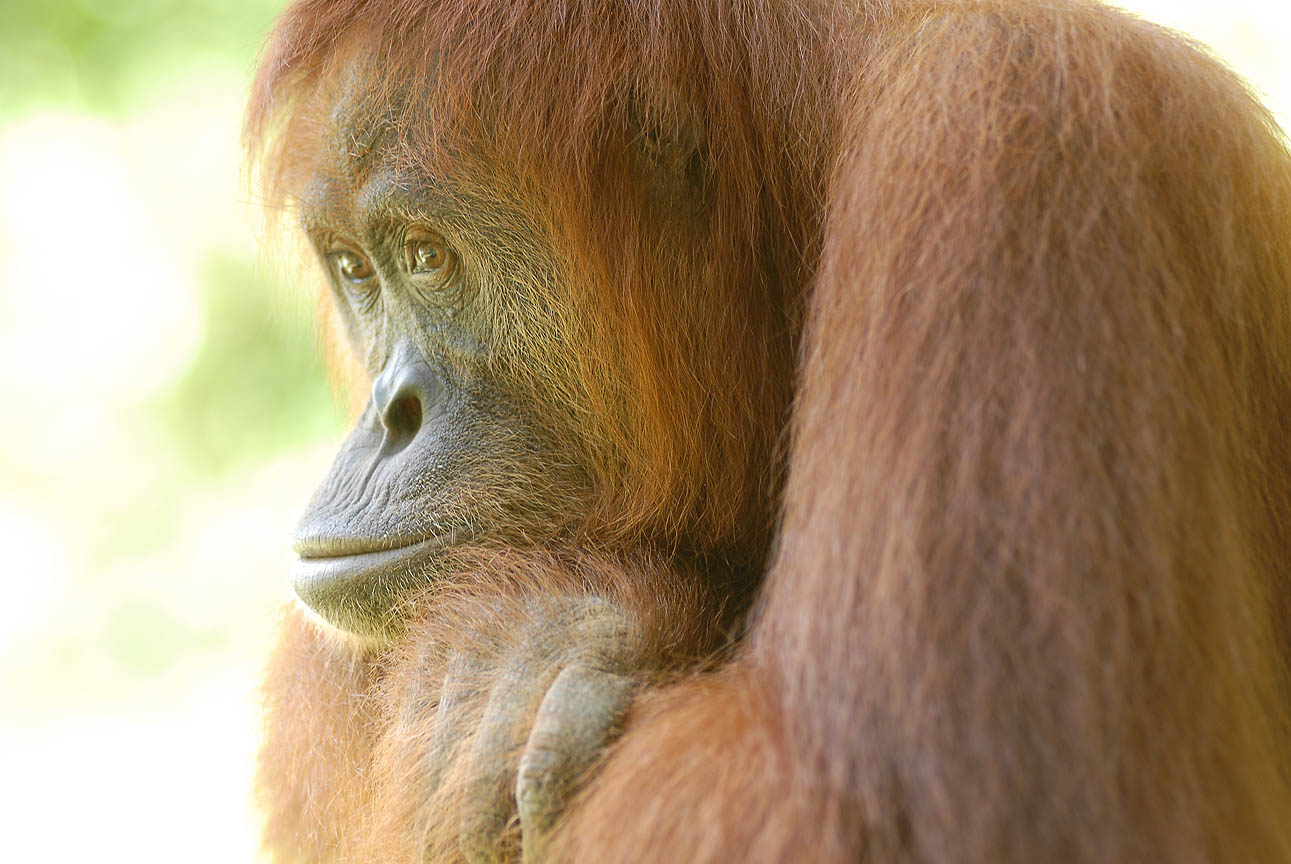
Photo credit: Suzi Eszterhas
Both opposable thumbs and exceptionally large brains have been pivotal in human evolution. Greater manual dexterity enabled humans to grip and manipulate objects, including tools. But despite suggestions that these traits co-evolved, the evidence has been unclear. That was, until now.
Researchers studied 95 different primate species, including extinct species, to trace the evolution of these two defining traits over millions of years. They discovered that species with relatively longer thumbs, which help grip small objects more precisely, consistently had larger brains.
This finding is significant because it provides the first direct evidence that brain evolution and manual dexterity are connected across primate species. These traits didn’t evolve separately; as our ancestors got better at manipulating objects, their brains had to grow to handle these new skills.
The researchers also made a surprising discovery about which part of the brain grows alongside longer thumbs. The expectation was that longer thumbs would be linked to the cerebellum, because of its link to movement and coordination. However, they found a connection to the neocortex.
The neocortex processes sensory information and cognition. This link supports the theory that as primates developed greater dexterity and tool use, their brains grew to process and use these new skills. But more research is needed to understand the link between dexterity and the neocortex.
Reference: Baker, J., Barton, R.A. & Venditti, C. Human dexterity and brains evolved hand in hand. Commun Biol 8, 1257 (2025). https://doi.org/10.1038/s42003-025-08686-5
You can help protect Sumatra's Orangutans. Click to get updates
